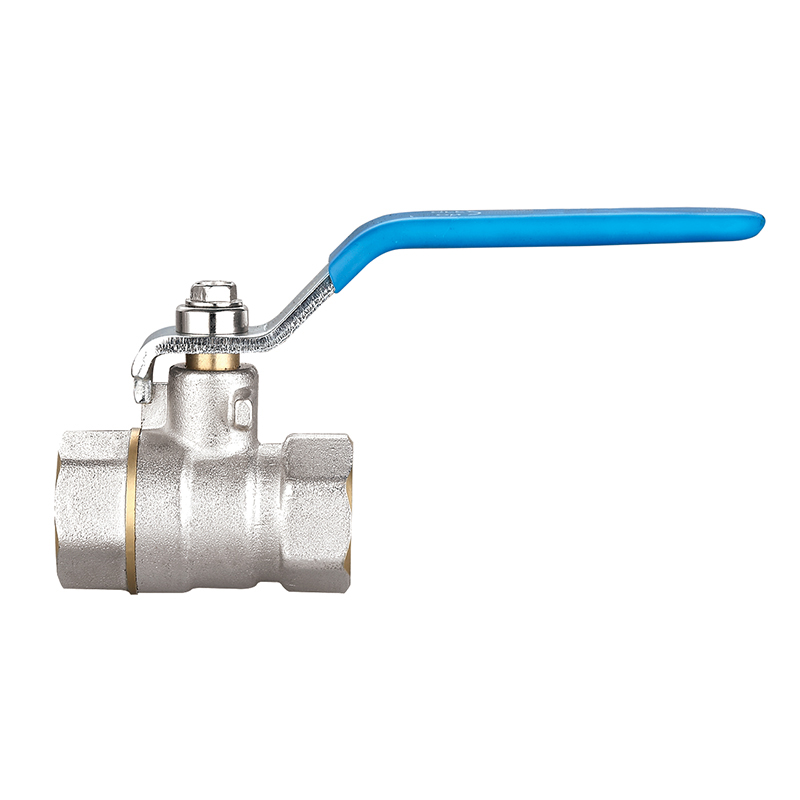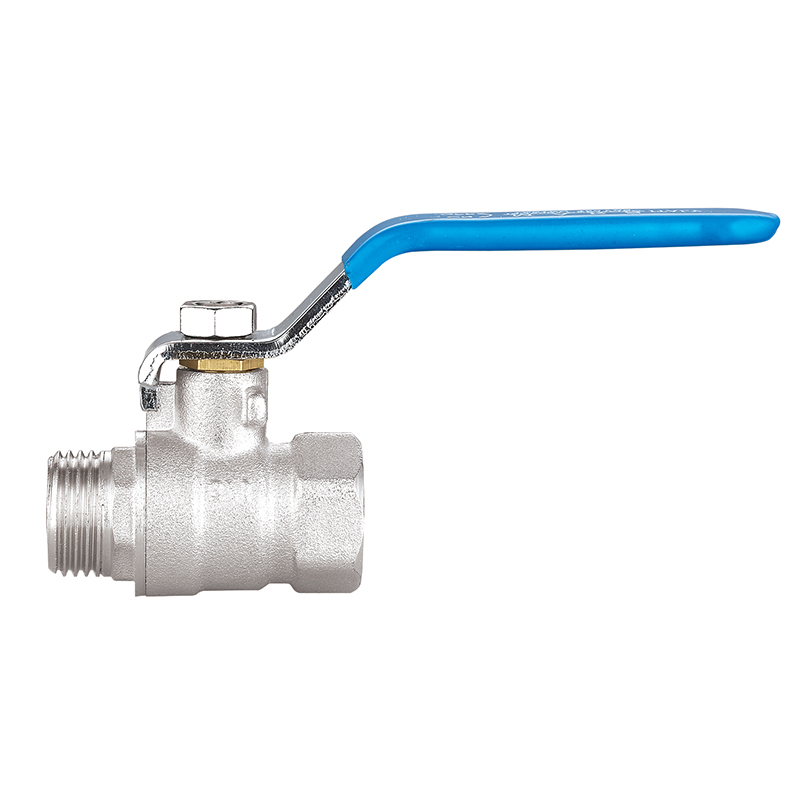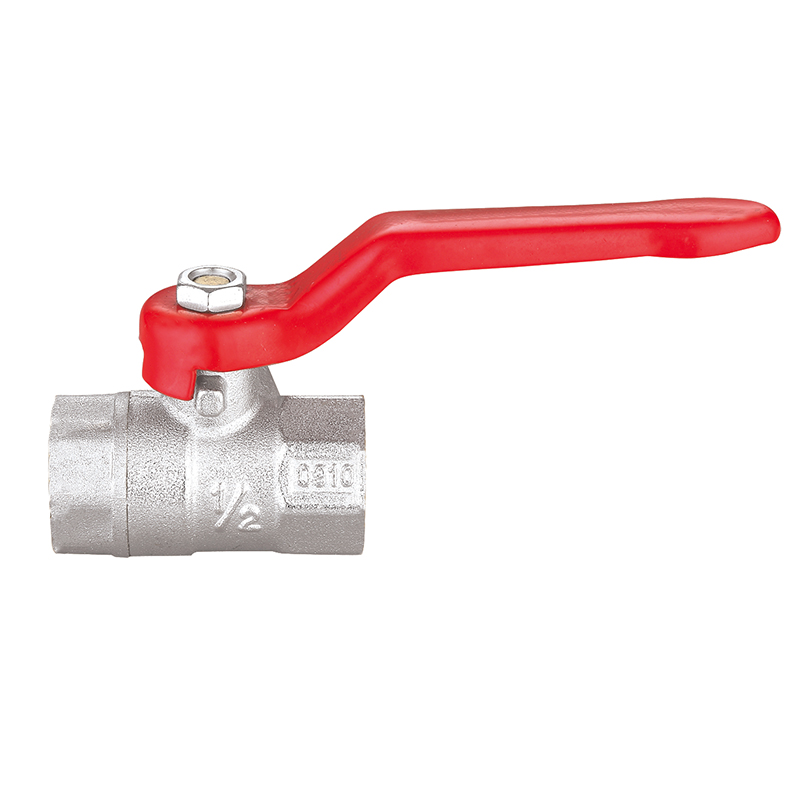Water Valve Category Description: Understanding the Types and Their Applications
2025-07-11
Water valves are essential components in residential, commercial, and industrial plumbing systems. They control the flow, direction, and pressure of water, ensuring safe and efficient operation. Among the various types, ball valves, faucets, angle valves, stop valves, check valves, and valve joints are some of the commonly used. Each plays a unique role in maintaining a functional water system, and understanding their features and applications helps in selecting the right component for specific needs.
Ball Valves
Ball valves are known for their durability, leak-proof performance, and quick shut-off capability. These valves feature a spherical disc (the “ball”) with a hole through the center. When the handle is turned, the hole aligns or misaligns with the pipe, allowing or blocking water flow. Ball valves are widely used in both residential and industrial applications due to their robust design and ability to provide a tight seal even after long periods of disuse. They're ideal for situations requiring complete flow shutoff or unthrottled water flow, such as in main water supply lines or irrigation systems.
Faucets
Faucets, also known as taps, are the visible type of water valve in households. Installed at the end of a plumbing system, faucets allow users to control the flow and temperature of water manually. Modern faucets come in various designs, including single-handle and dual-handle models, touchless varieties with sensors, and models with integrated filtration systems. They are used in kitchens, bathrooms, laundry rooms, and outdoor spaces. Besides functionality, faucet selection often emphasizes aesthetics, material quality (such as brass or stainless steel), and water efficiency features like aerators or flow restrictors.
Angle Valves
Angle valves are compact shutoff valves installed where a water line enters a fixture, such as under sinks or toilets. Their distinguishing feature is the 90-degree turn in the water flow, which allows for convenient installation in tight spaces. They typically include a manual control knob or lever, enabling users to isolate water to a specific fixture for maintenance or repair without shutting off the main supply. Angle valves are critical in modern plumbing systems for providing localized control and preventing unnecessary disruptions during service.

Stop Valves
Stop valves, also referred to as shutoff valves, serve a similar function to angle valves but can be installed in a variety of orientations. They are used to control the flow of water to specific areas or fixtures, making them vital for maintenance, emergency shutoff, or system isolation. Unlike ball valves that operate with a quarter-turn, stop valves use a multi-turn mechanism that allows gradual flow control. They are often used in basements, behind appliances, or embedded in walls and are designed to be durable and resistant to corrosion.
Check Valves
Check valves, also known as non-return valves, are automatic valves that allow fluid to flow in one direction only. They prevent backflow, which can contaminate clean water supplies or damage the system. These valves operate based on pressure changes: when water pressure is sufficient, the valve opens; when flow reverses, the valve closes. Check valves are crucial in systems involving pumps or elevation changes, such as sump pumps, heating systems, and irrigation lines. They come in several types, including swing, lift, and spring-loaded models, each suited to specific pressure and flow conditions.
Valve Joints
Valve joints refer to the connectors and fittings used to attach valves to pipes and other plumbing components. They ensure a secure and leak-free connection, accommodating movement, expansion, and vibration in the system. Common types include threaded, flanged, soldered, and compression joints. High-quality valve joints are essential for system integrity, especially in high-pressure or high-temperature applications. Additionally, the choice of joint material (such as brass, copper, or PVC) should be compatible with the valve and piping to prevent corrosion or failure.
Together, ball valves, faucets, angle valves, stop valves, check valves, and valve joints form a comprehensive system that controls and directs water flow across countless applications. Each valve type serves a distinct purpose, whether for quick shutoff, localized control, one-way flow, or user interface. Choosing the right valve depends on several factors, including application, pressure requirements, installation space, and water quality.
Whether you want to become our partner or need our professional guidance or support in product selections and problem solutions, our experts are always ready to help within 12 hours globally.




 русский
русский Español
Español عربى
عربى




